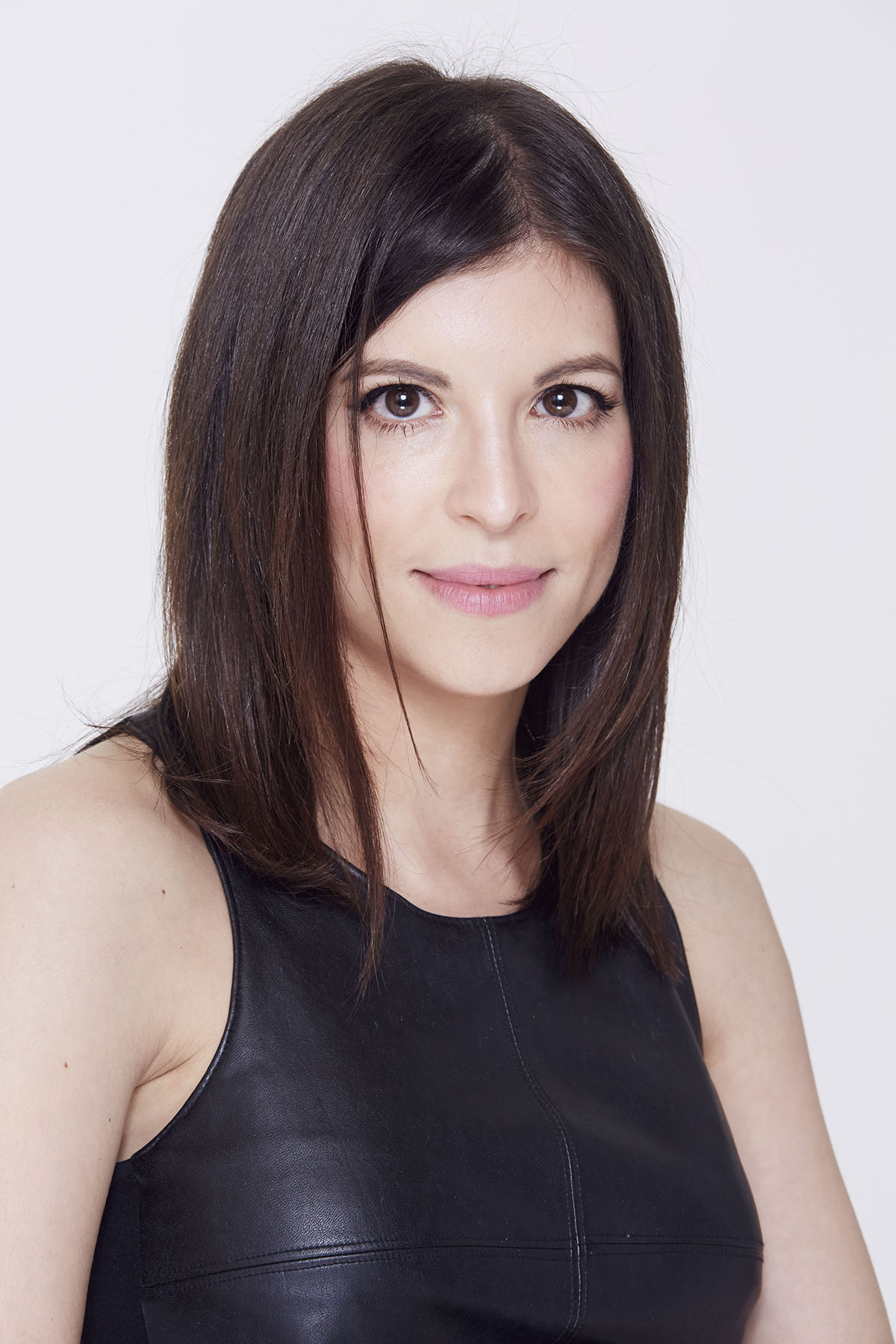To set ourselves up for greater financial stability and less stress, it’s important that we have open conversations about money and saving. When we share the tips that have helped us feel more secure and stable, we help each other build habits that support our well-being — mental, physical, and financial — in the long run.
We asked our Thrive community to share with us the little spending tips that have helped them save. Which of these ideas will you try?
Implement the $5 rule
“I read several years ago about the ‘five-dollar rule.’ Simply put, every time you get a five-dollar bill in change, you save it in an envelope. In 2017, I made the decision to use cash as often as I could in order to save my fives. At the end of the year, I went to the bank with a huge envelope of five-dollar bills, totaling $2,400!”
—Tami Nealy, public relations, Phoenix, AZ
Try a saving challenge with friends
“A few years ago, a group of friends and I challenged each other with ‘No Money Wednesday.’ We sent each other a calendar reminder and attempted to go every Wednesday without spending any money. It is so easy to get in the habit of buying a coffee on the way to work, but, what’s wrong with making coffee at home? This was a fun way to hold us all accountable and stop needless spending throughout the day. I became much better at bringing my lunch to work and noticed that I would even try to challenge myself to do it two days a week!”
—Eliza Williams, client engagement, West Palm Beach, FL
Create a “money in, money out” list
“It may sound simple, but one of the most beneficial money and budgeting tips that I could offer is writing it all down. Each month, take a sheet of paper and make two columns: money in, and money out. Figure out where each and every dollar’s home is that month, and see exactly how much ‘fun money’ you have leftover for yourself.”
—Elliot Tousley, COO and co-founder of De Novo Agency, N.C.
Pause before making a purchase
“When I’m on a budget, I make sure to pause before making any purchase! ask myself, ’Is this a need or a want?’ If it is not a need, I don’t buy it. The power is in the commitment I have made to myself. The pause allows me to check in with myself and the boundaries I’ve set around my spending. I’ve found that it’s not hard to make a budget or set a boundary, but what’s difficult is holding yourself accountable.”
—Kristi O., patient advocate, Morristown, N.J.
Use a cashback credit card
“A small spending habit that has helped me save money is using a cashback rewards credit card. I use the same card throughout the year for household purchases like groceries, gas and supplies, keeping all purchases in one location and paying off the full balance each month. At the end of the year, I use the cash back rewards balance as our holiday gift fund. The holiday gift budget cannot exceed what’s in the cash-back rewards balance. It’s a wonderful way to save for holiday spending while staying true to a budget.”
—Donna Peters, MBA faculty and career coach, Atlanta, GA
Cut down on delivery
“For me, one small spending change that has helped me a lot is cutting back on food deliveries! Once you think about all the fees, taxes and tips, those convenient meals really start to add up. Simply cutting back on my food delivery spending these past few months has saved me hundreds, and has helped me become a better cook!”
—Joshua Littlejohn, CEO of Norgress, Edmonton, AB, Canada
Keep a separate bank account for bigger purchases
“I created a separate bank account for items that I want to purchase, but don’t have the full cash flow for at the moment without dipping into savings. I put in $50-100 every so often when I have money left over after bills and savings. I created a note on my phone of things I’d like to purchase. Quarterly, I check my list and determine which item I can purchase off the list using money from that account.”
—Tabitha Reefer, public health consultant, San Diego, CA
Create a monthly spreadsheet
“To help myself save money, I’ve set up an excel budgeting spreadsheet that I use to track my monthly spending. I know that there are plenty of apps around that you can use but I actually enjoy the process of sitting down each month and going through manually what I’ve spent and what I’ve saved as it helps me feel a bit more connected and conscious about it. By checking in each month, I’m motivated to see my saving progress and check where I’m spending my money. I also transfer an allowance from my salary account into a separate account (according to my budget) so that I am free to spend what I have there without worrying too much, overthinking or overspending. It helps me to be able to visualize what I have available to spend.”
—Emily C, executive assistant, Milan, Italy
Cook meals with a friend
“I’ve started to do batch cooking with a friend of mine to save money. We take turns buying the ingredients, and we’re having fun doing the meal planning. Our meals vary each week, and we’re decreasing our trips to restaurants, which saves us both money.”
—Kristin Meekhof, author and life coach, Royal Oak, MI
Follow us here and subscribe here for all the latest news on how you can keep Thriving.
Stay up to date or catch up on all our podcasts with Arianna Huffington here.


